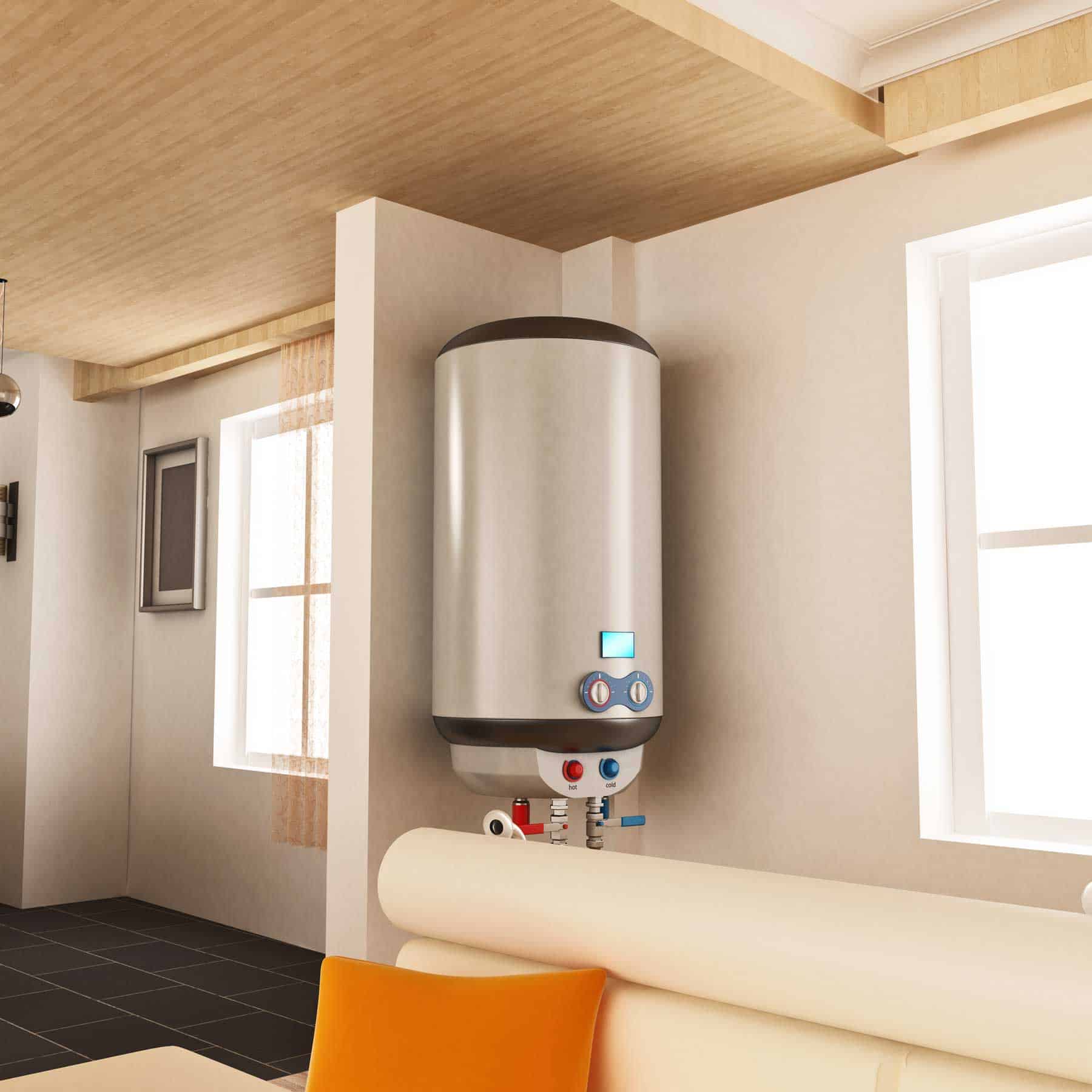What're your insights and beliefs on Water Heater Maintenance Tips You Can't Afford to Forget?

Hot water is necessary for day-to-day convenience, whether it's for a refreshing shower or cleaning meals. To guarantee your hot water system runs efficiently and lasts much longer, routine maintenance is vital. This post provides sensible ideas and insights on just how to preserve your home's hot water system to avoid interruptions and pricey repair work.
Intro
Maintaining your home's warm water system may seem complicated, however with a couple of basic steps, you can guarantee it operates efficiently for many years ahead. This guide covers everything from understanding your hot water system to do it yourself maintenance pointers and understanding when to call in expert help.
Relevance of Keeping Your Hot Water System
Regular maintenance not just expands the lifespan of your hot water system however additionally ensures it operates effectively. Disregarding maintenance can bring about decreased performance, greater energy expenses, and also premature failing of the system.
Indicators Your Hot Water System Needs Maintenance
Understanding when your hot water system requires attention can stop major problems. Keep an eye out for signs such as inconsistent water temperature level, weird sounds from the heater, or corroded water.
Understanding Your Hot Water System
Prior to diving right into maintenance tasks, it's practical to recognize the basic elements of your warm water system. Typically, this includes the water heater itself, pipelines, anode poles, and temperature controls.
Monthly Maintenance Tasks
Normal month-to-month checks can help catch small concerns before they escalate.
Flushing the Water Heater
Flushing your hot water heater gets rid of sediment buildup, enhancing performance and lengthening its life.
Checking and Replacing Anode Rods
Anode rods stop deterioration inside the container. Inspecting and replacing them when worn is vital.
Evaluating and Readjusting Temperature Setups
Readjusting the temperature level setups ensures optimal performance and safety.
DIY Tips for Maintenance
You can carry out a number of upkeep jobs on your own to maintain your warm water system in leading problem.
Looking for Leakages
Frequently examine pipes and connections for leaks, as these can result in water damage and higher bills.
Evaluating Pressure Relief Valves
Testing the pressure relief valve guarantees it operates appropriately and protects against too much stress build-up.
Shielding Pipelines
Protecting hot water pipes decreases heat loss and can save power.
When to Call an Expert
While DIY maintenance is advantageous, some concerns call for expert competence.
Complicated Problems Requiring Professional Aid
Instances include significant leakages, electrical problems, or if your water heater is continually underperforming.
Regular Expert Maintenance Benefits
Professional upkeep can consist of extensive examinations, tune-ups, and making certain conformity with security standards.
Verdict
Normal maintenance of your home's warm water system is necessary for efficiency, long life, and expense savings. By adhering to these tips and recognizing when to look for professional aid, you can make sure a reputable supply of hot water without unanticipated interruptions.
How to Maintain an Instant Hot Water Heater
Before tinkering with your hot water heater, make sure that it’s not powered on. You also have to turn off the main circuit breaker and shut off the main gas line to prevent accidents. Also turn off the water valves connected to your unit to prevent water from flowing into and out of the appliance. 2. When you’re done, you have to detach the purge valves’ caps. These look like the letter “T†and are situated on either side of the water valves. Doing so will release any pressure that has accumulated inside the valves while at the same time avoid hot water from shooting out and burning your skin. 3. When the purge valves’ caps are removed, you have to connect your hosing lines to the valves. Your unit should have come with three hoses but if it didn’t, you can purchase these things from any hardware or home repair shops. You can also get them from retail stores that sell water heating systems. Read the user’s manual and follow it to complete this task properly. When the hosing lines are connected, open the purge port’s valves. 4. You should never use harsh chemical cleaners or solutions when cleaning your unit. Make use of white vinegar instead. It should be undiluted and you’ll probably use about 2 gallons. 5. Now flush your water heater. This task should probably take about 40 minutes. We can’t give you specific directions for this because the procedure is carried out depending on the type, model and brand of your heater. With that being said, refer to the user’s manual. 6. When you’re done draining the unit, you have to turn off the purge port valves again. Remove the hosing lines that you earlier installed on each of the water valves. Put the valve caps (purge port) back in their respective places and be very careful so as not to damage the rubber discs that are found inside these caps. 7. Now that everything’s back in place, check your user’s manual again to find out how to reactivate your water heating system. 8. Once it is working, turn one of your hot water faucets on just to let air pass through the heater’s water supply pipes. Leave the tap on until water flows smoothly out of it. https://www.orrplumbing.com/blog/2014/september/how-to-maintain-an-instant-hot-water-heater/

We had been guided to that report about How to Maintain a Hot Water Heater in a Few Simple Steps through a buddy on our other site. Liked our blog? Please quickly share it. Help another person check it out. I appreciate your readership.
Schedule Today!